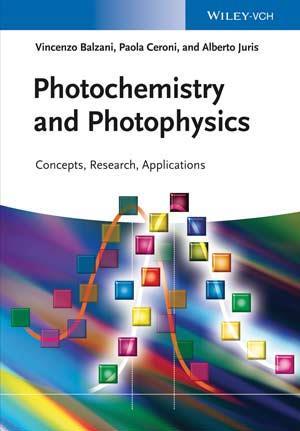Vincenzo Balzani, Paola Ceroni and Alberto Juris
Wiley
2014 | 472pp | £60
ISBN 9783527334797

This is a very timely book that provides an up to date presentation of photochemistry and photophysics in which the two subject areas are clearly interrelated. The central theme is that of the photoexcited molecule: a new species having the same atoms but different bonds, with different scope to react (or not) depending on which electronic states have been excited.
The book manages to be both wide-ranging and personal. It reads as a carefully delivered lecture course, building on specific examples and insights, and this is a plus on many levels, particularly for anyone who cannot experience such a course directly. Sufficient background material is provided to make the presentation self-contained, and an ideal starting point for further specialised study.
A key strength is the range of examples presented. It is not, as the authors point out, a collection of reactions, which might have had the unintended effect of making the material seem dated and limited in scope. Examples from across organic and inorganic chemistry and beyond are included, and this will be particularly valuable for researchers drawn to these topics from outside chemistry into research in dye-sensitised solar cells, photocatalytic water splitting, optical information processing and many other contemporary fields.
Over 100 years ago, the pioneering Italian photochemist Giacomo Ciamician delivered his far-sighted lecture anticipating the drive to develop ‘industrial colonies without smoke’. This is quoted at the start of the chapter on natural and artificial photosynthesis, which explains some of the authors’ own views on the importance of research in this area for a sustainable future, leading to a dedicated chapter on green photochemistry. Here and elsewhere, the references are necessarily selective but up to date where appropriate.
The role of computational chemistry in developing our understanding of photochemical transformations and multiple (or zero) product formation over the last 20 years does not receive much attention in this book, which is a curious omission. Nevertheless, this impressive book will help to realise Ciamician’s goals if it finds the wide audience it deserves.
Purchase Photochemistry and photophysics from Amazon.co.uk












No comments yet